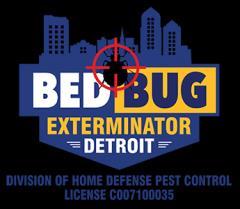have you seen this rat Pest controllers use facial recognition to stalk pesky rodents as UK population hits 150 million
- High-tech cameras can identify individual rodents by comparing differences in the shape of their heads
- Their cameras use technology similarly used by police forces to find criminals
- The UK rat population has increased by around 25% to around 150 million in recent years
Pest controllers are using the latest facial recognition technology to tackle Britain’s booming rat population.
High-tech cameras can identify individual rodents by comparing tiny differences in the shape of their heads and their coloring. The cameras are hidden at the infestation hotspots.
The UK rat population has grown by around 25 per cent to around 150 million in recent years.
Pest control company Rentokil uses technology similar to that used by the police to identify criminals from CCTV images by comparing their facial features.
Pest control company Rentokil uses technology similar to that used by police forces to identify criminals using CCTV images
Using image data from thousands of rats, the system can correctly classify each rodent and note its daily habits using a tool called “machine vision.”
It allows staff to accurately count the number of rats in a given location and even identify potential “ringleaders” who are more active than others.
Rentokil chief executive Andy Ransom said the company’s recent purchase of Israeli pest control company Eitan Amichai and its technology has enabled it to live stream video of vermin to a “central command center” for analysis.
The technology is being rolled out in warehouses, offices, shops and food manufacturers to help pest controllers figure out where to best place traps or poisons to control infestations.
Rentokil chief executive Andy Ransom said the technology allows pest control companies to transmit video of vermin to a “central command center” for analysis
Mr Ransom said: “With facial recognition technology you can see that rat #1 is behaving differently than rat #3.
“And the technology will always determine which rat has returned, where it’s eating, where it’s sleeping, who is doing the damage, what part of the building it came from, where it got into the building from, and if it’s the same rodent.” , which caused the problem last week.’
Rats were described as “fine, stealthy, secret companions” by author Charles Dickens in his 1840 novel The Old Curiosity Shop. However, they continue to pose a major health risk and are known to spread disease.
Rentokil has previously claimed that rats are responsible for more human deaths than all the wars in the world in the last 1,000 years.
They can reproduce quickly, which is said to be their greatest advantage over pied pipers. A female rat can give birth to about six litters a year, each containing up to 12 rat pups that become sexually mature after just nine weeks, meaning that two rats can reproduce to 1,250 in less than a year.






